Agiasos, Plomari and Paleohori
Less curated and more intimate than the Lesvos of any travel guide, amateur photographer Tasos Meimaroglou shoots his native island as the locals experience it. These are his images and captions from three of his favorite villages located in the southeastern part of the island:
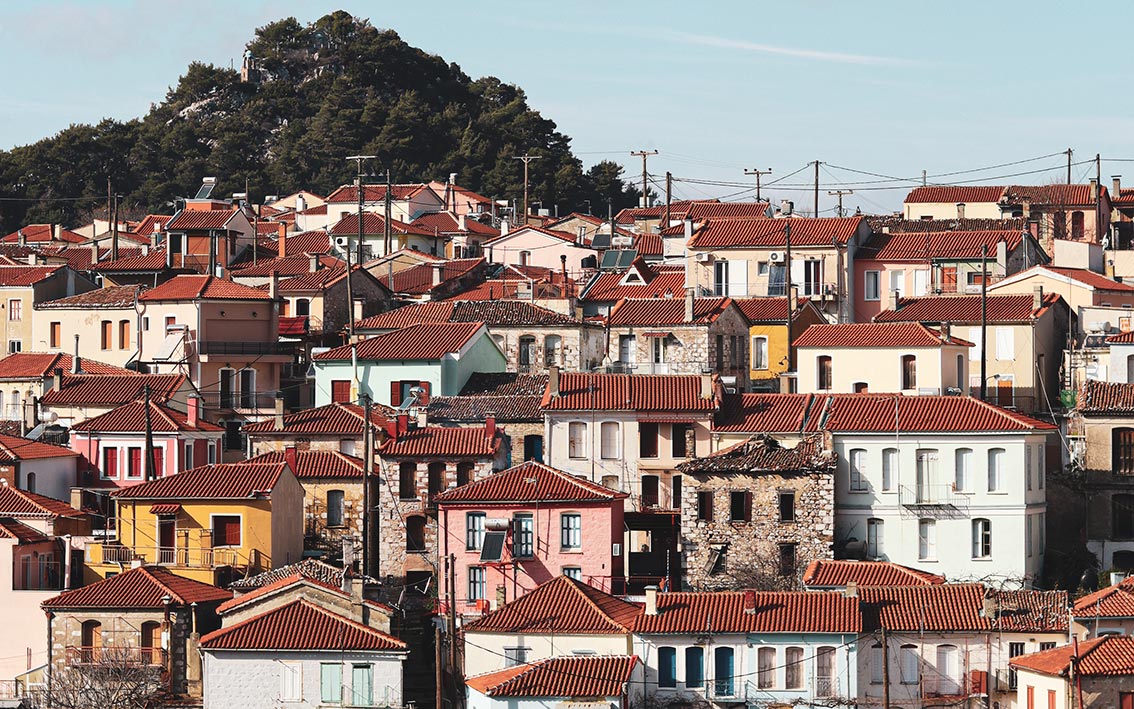
Agiasos
Built on the slopes of Mount Olympos, Agiasos is deemed the benchmark traditional town of Lesvos. A place renowned for its evident folklore culture, deep spiritual identity and rich natural environment. The annual carnival, which attracts locals from all parts of the island each February, is notorious for its satirical and teasing style.

“Do not park in front of the bench. You’re trashing Vaggelis’ cafe.” The Agiasos dialect is entirely unique and distinctive from all other Lesvos dialects. Much like “a dialect in a dialect”, full of humor and wittiness.
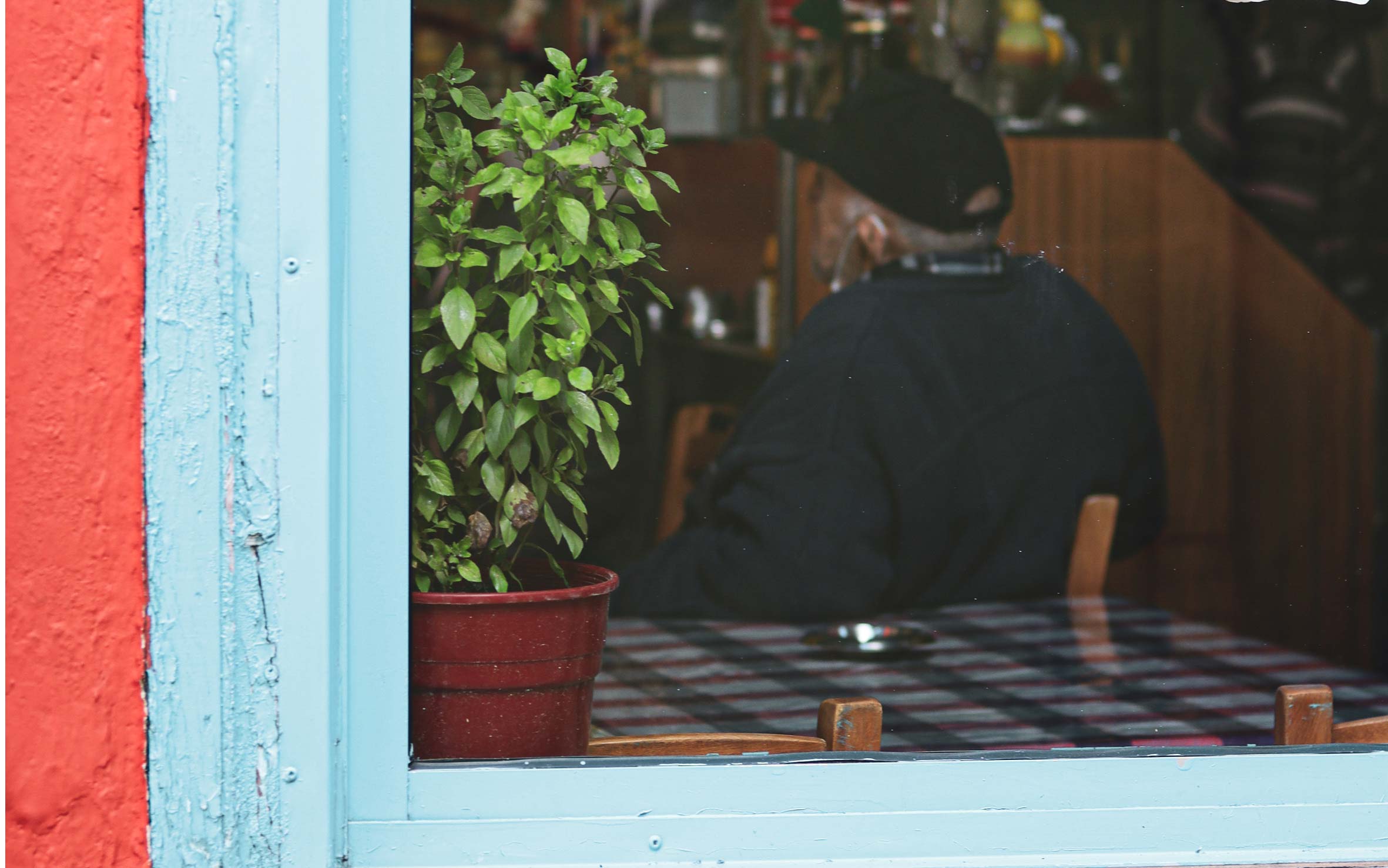
Around Holy Mary church, constructed in 1.100 A.D., one finds the kafeneio (traditional café), where the visitor can taste the local sweet preserves. King of the “spoon sweets” is the chestnut, which is celebrated every autumn in the “chestnut” festival.
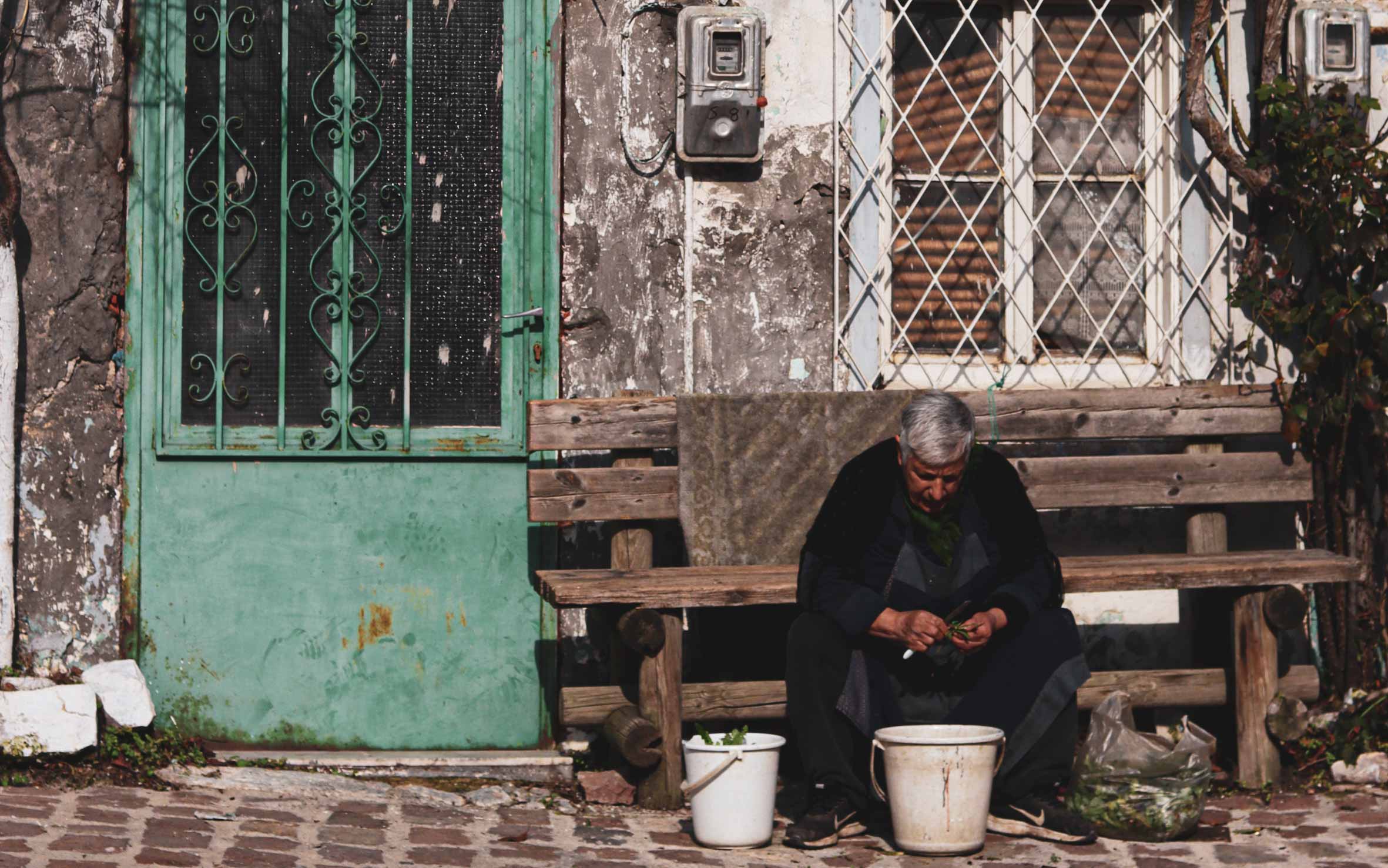
One of the most influential benefits of the pure natural environment is the highly nutritional harvest. It’s anything but rare to witness locals on their doorstep sorting and cleaning the crop they just collected themselves.
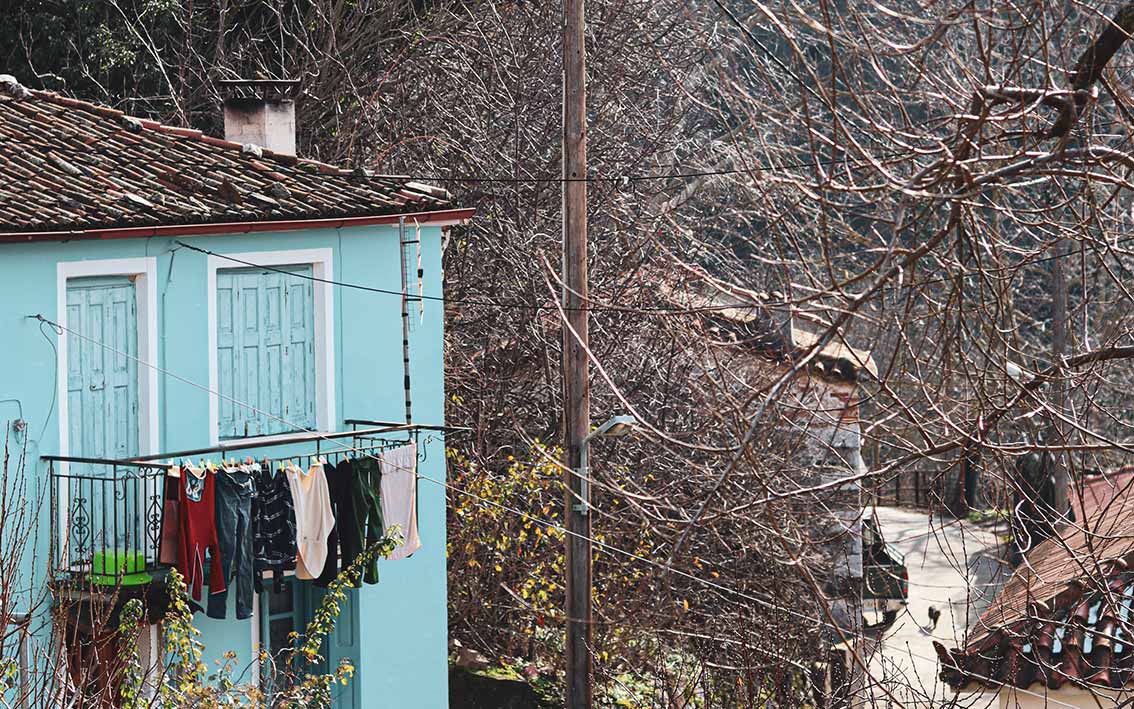
Wandering around the alleys, one could easily claim Agiasos is the “town of colors”. Colorful constructs inspired by the 20th century architecture at their core engulfed by the stunning flora.
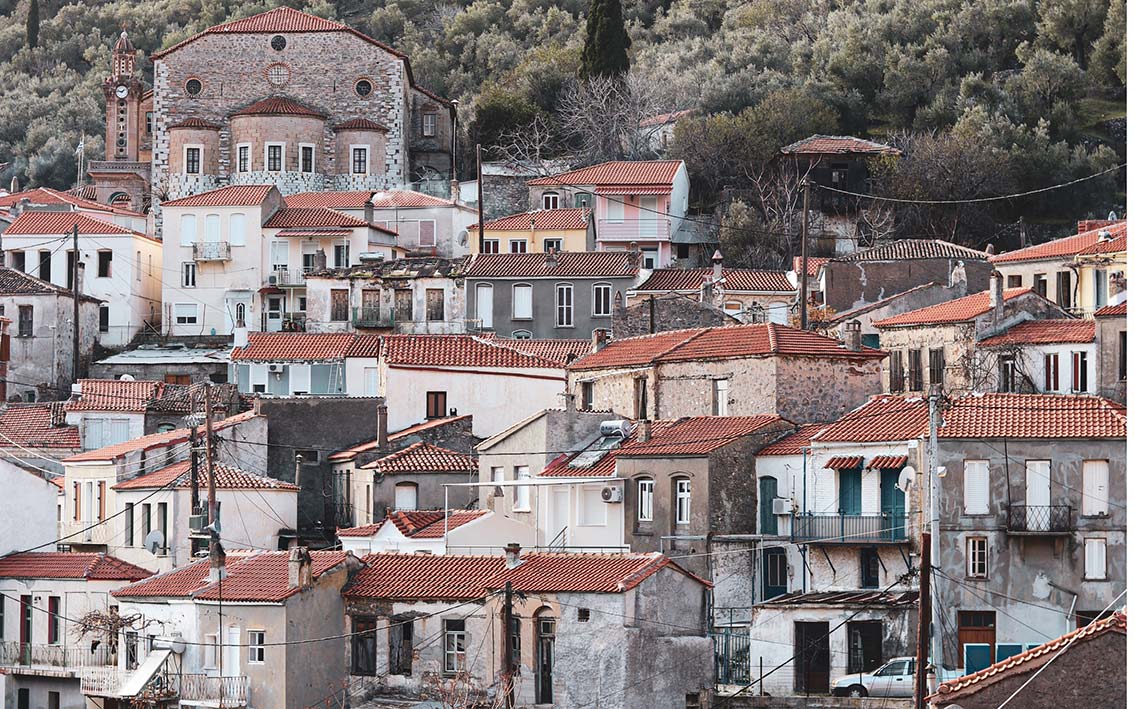
Paleohori
Paleohori is considered one of the oldest villages of the island of Lesvos, as denoted in the Greek interpretation of its name. Its location appears to have been changed thrice according to historians due to pirate invasions. Hidden on the hillside among olive trees, the guests do not pay just another visit, they actually travel in time.
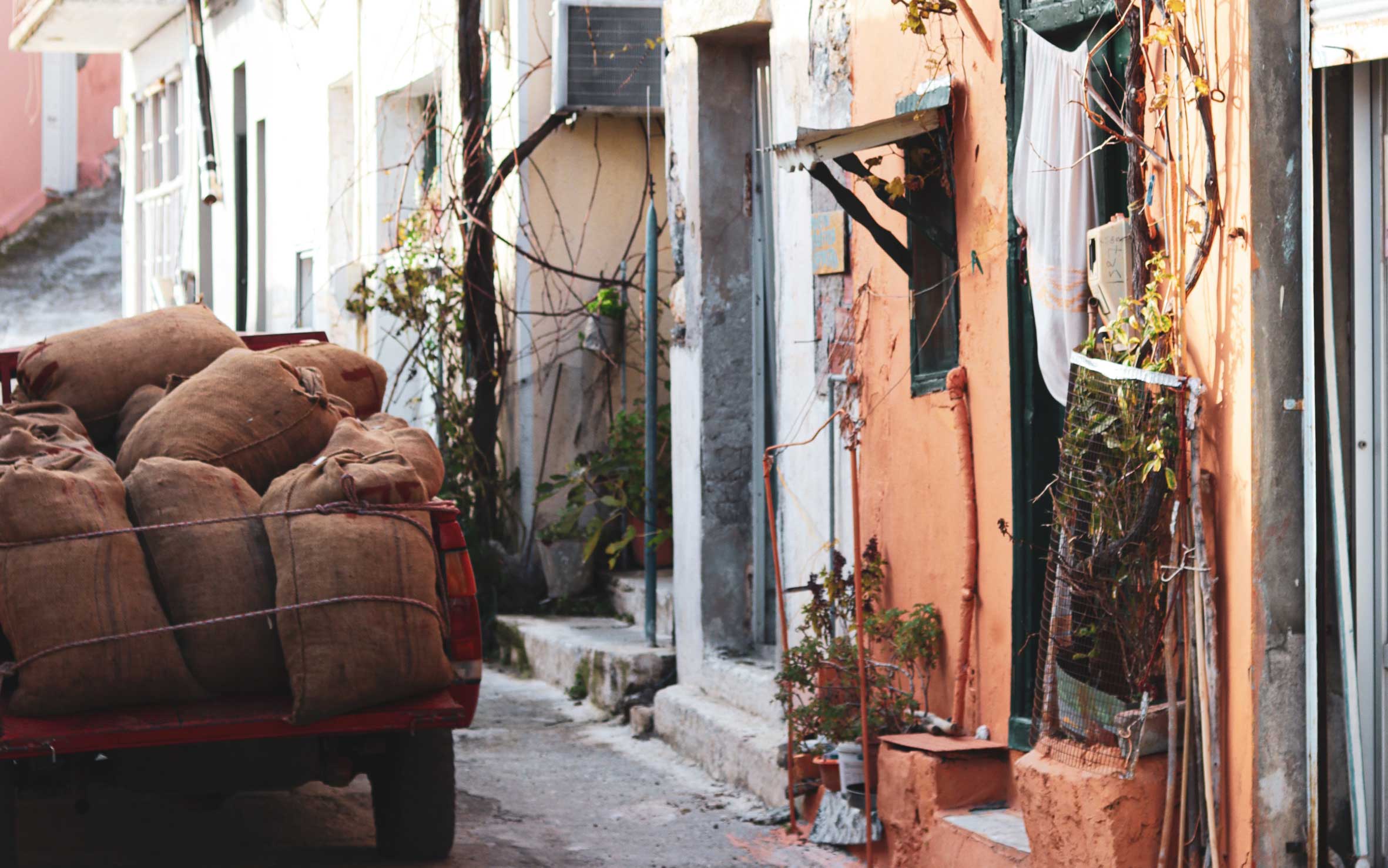
The main activity of its few inhabitants is agriculture, especially olive oil production. The olive harvest, carried to the local olive mills in trucks, gives top-class olive oil largely due to the pure and fertile mountain soil.
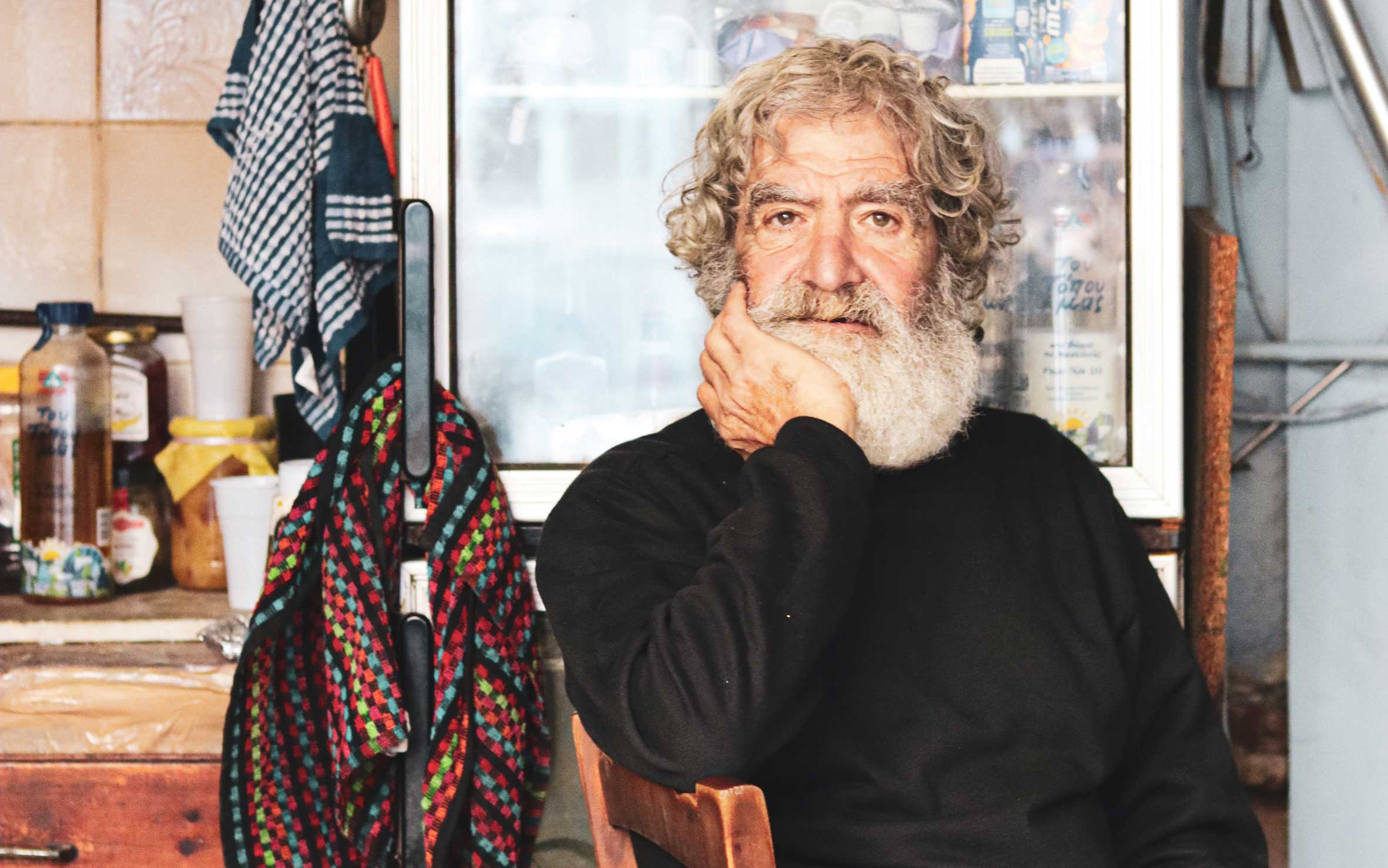
Even if you're just passing by, never miss a visit to Mr. Nikos in his small kafeneio, who’s always there to serve some ouzo and to tell a story. And you can see in his gaze that he’s got a lot of stories to tell.
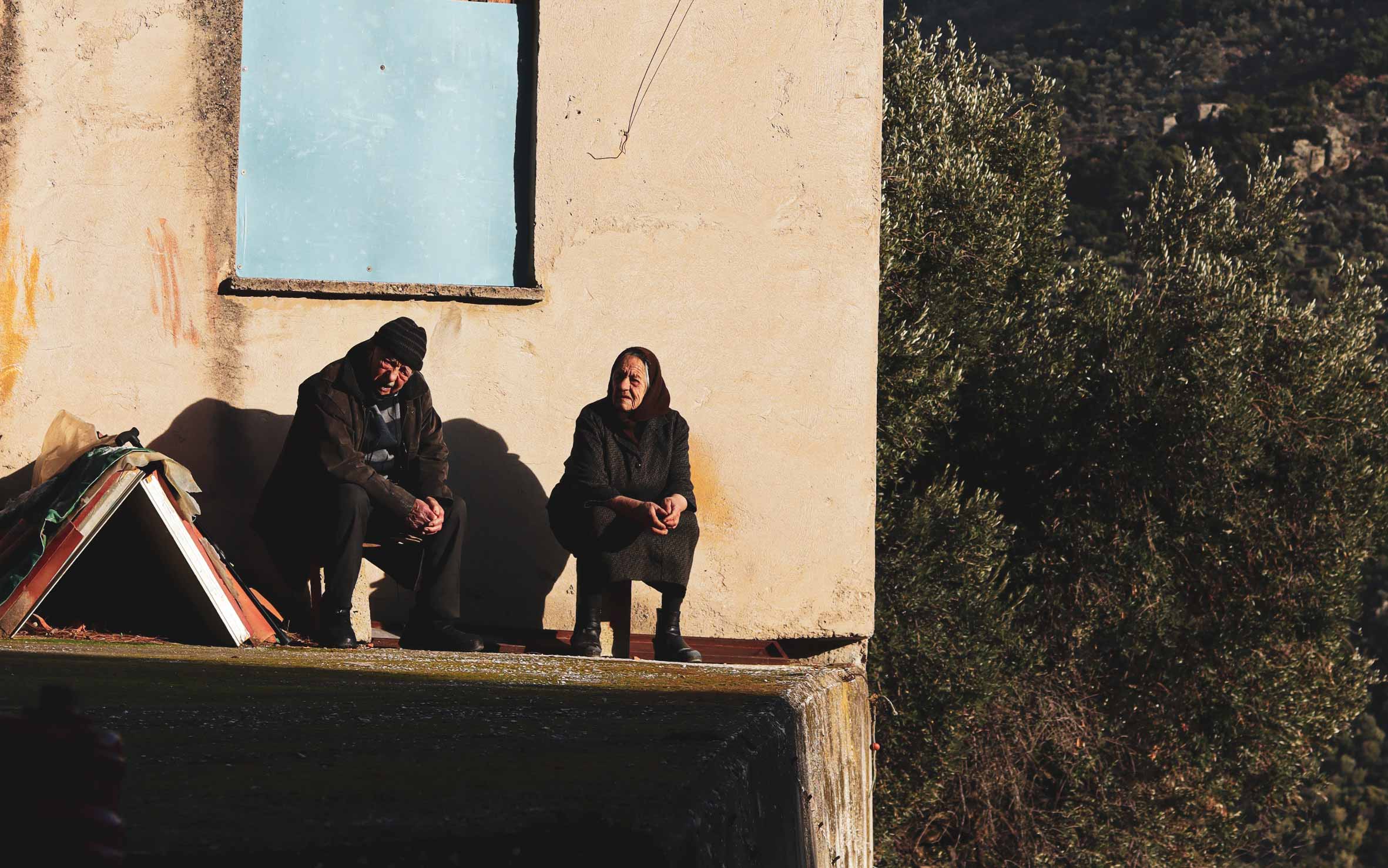
Time flies, people come and go. But Menios and Diamanto are always there, as the gatekeepers of the village, welcoming you in and waving you farewell.
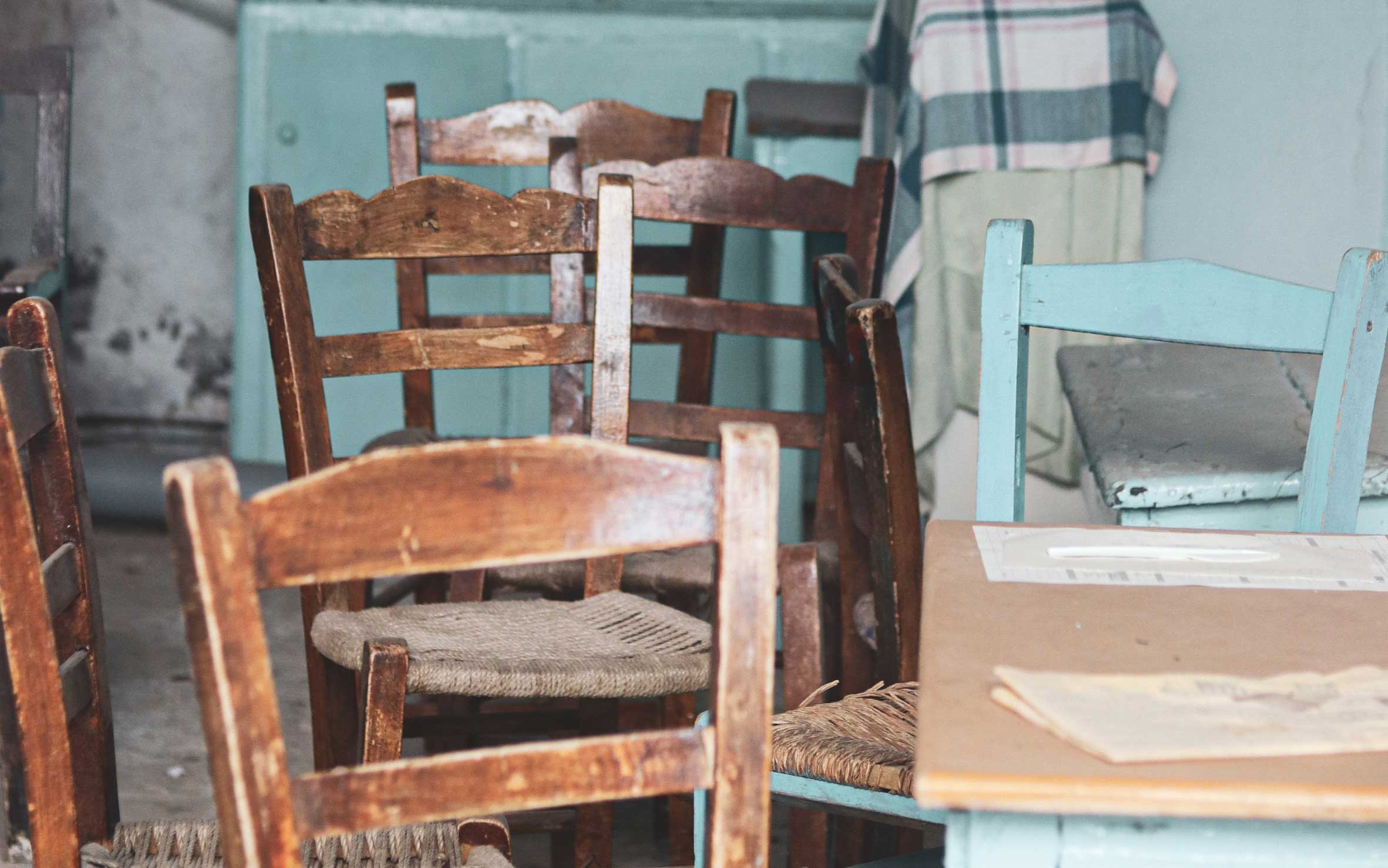
Scattered chairs, decade-old newspapers, another kafeneio - this one abandoned. All these things may compose a scene of abandonment. But Paleohori still begs for your visit.
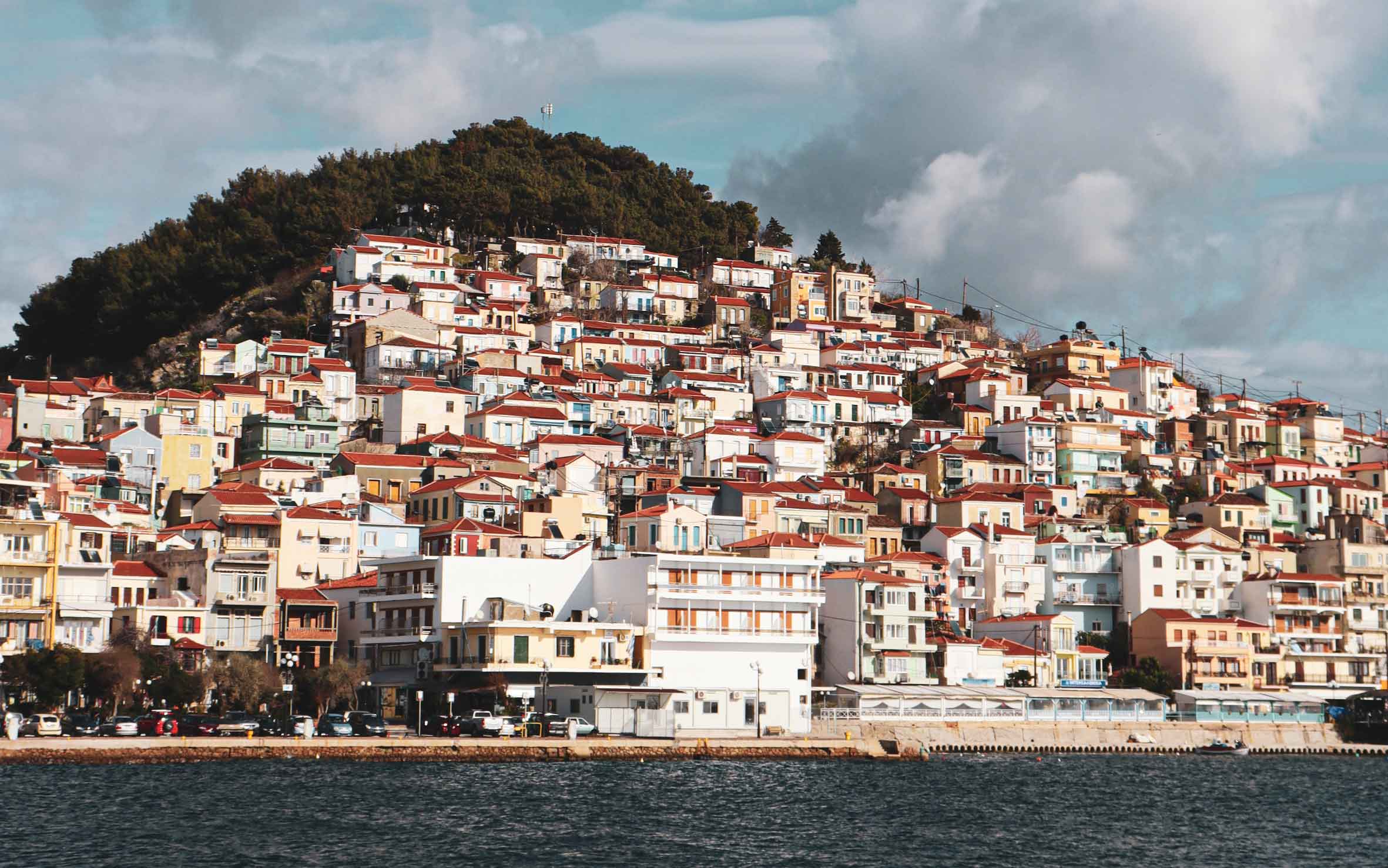
Plomari
Plomari may need no introduction, as it’s globally known for the production of ouzo. This traditional harbor town with the outstanding architecture sees heavy touristic traffic, especially during the summer period. The signature experience the town offers is the Museum of Ouzo, where visitors learn about history by tasting it, while witnessing firsthand the ritual of the ouzo production.
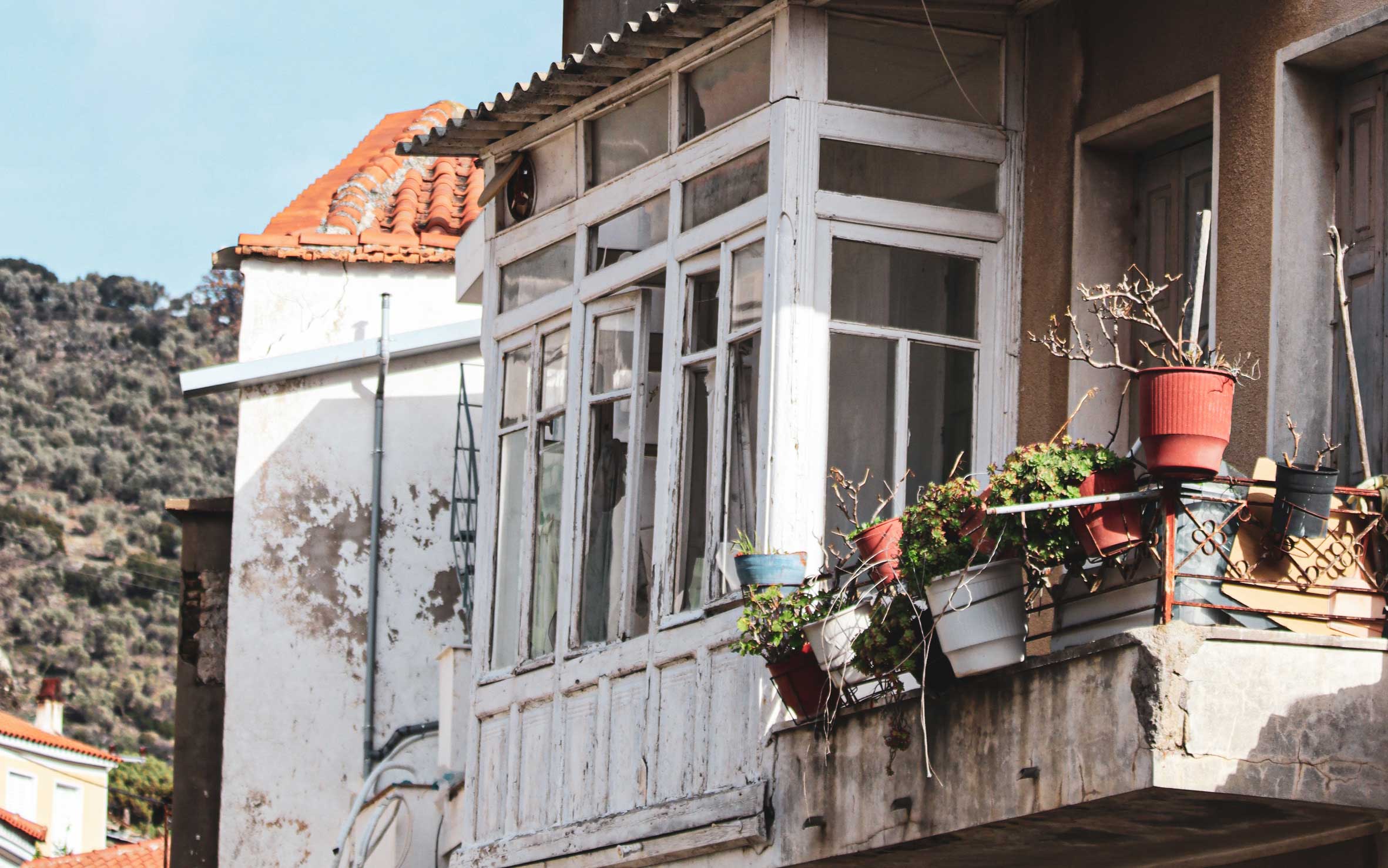
Plomari’s architecture stands out for the beautiful mansions with the indoor balconies (“sachnisi”). While most of them aren't inhabited, life still finds a way to thrive on the outside, rendering them essential to the town’s landscape.
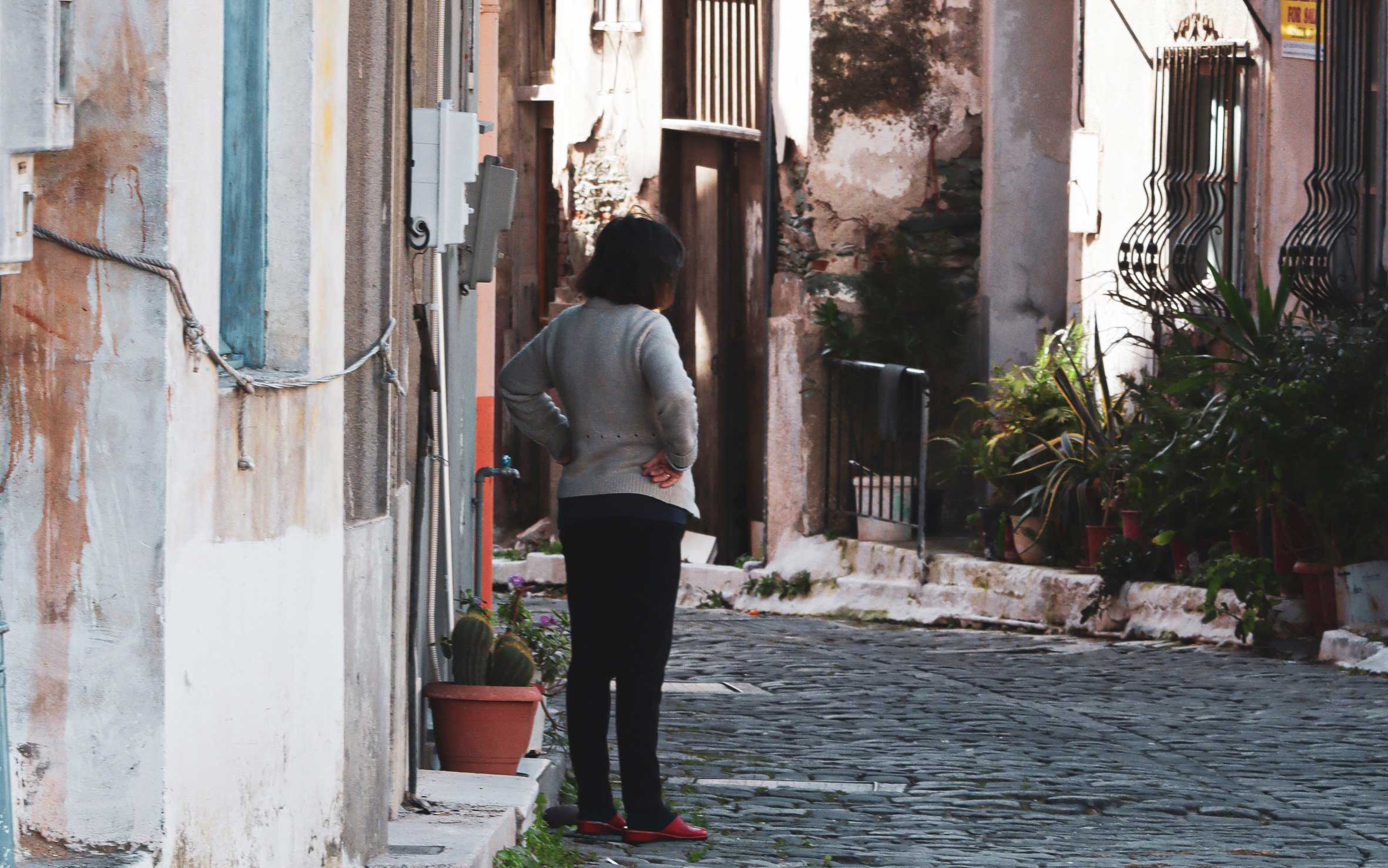
A place is its people. There's no chance you won't be greeted with a warm “good morning” smile from a local on a random stroll in the town, that naturally makes you feel part of the community.
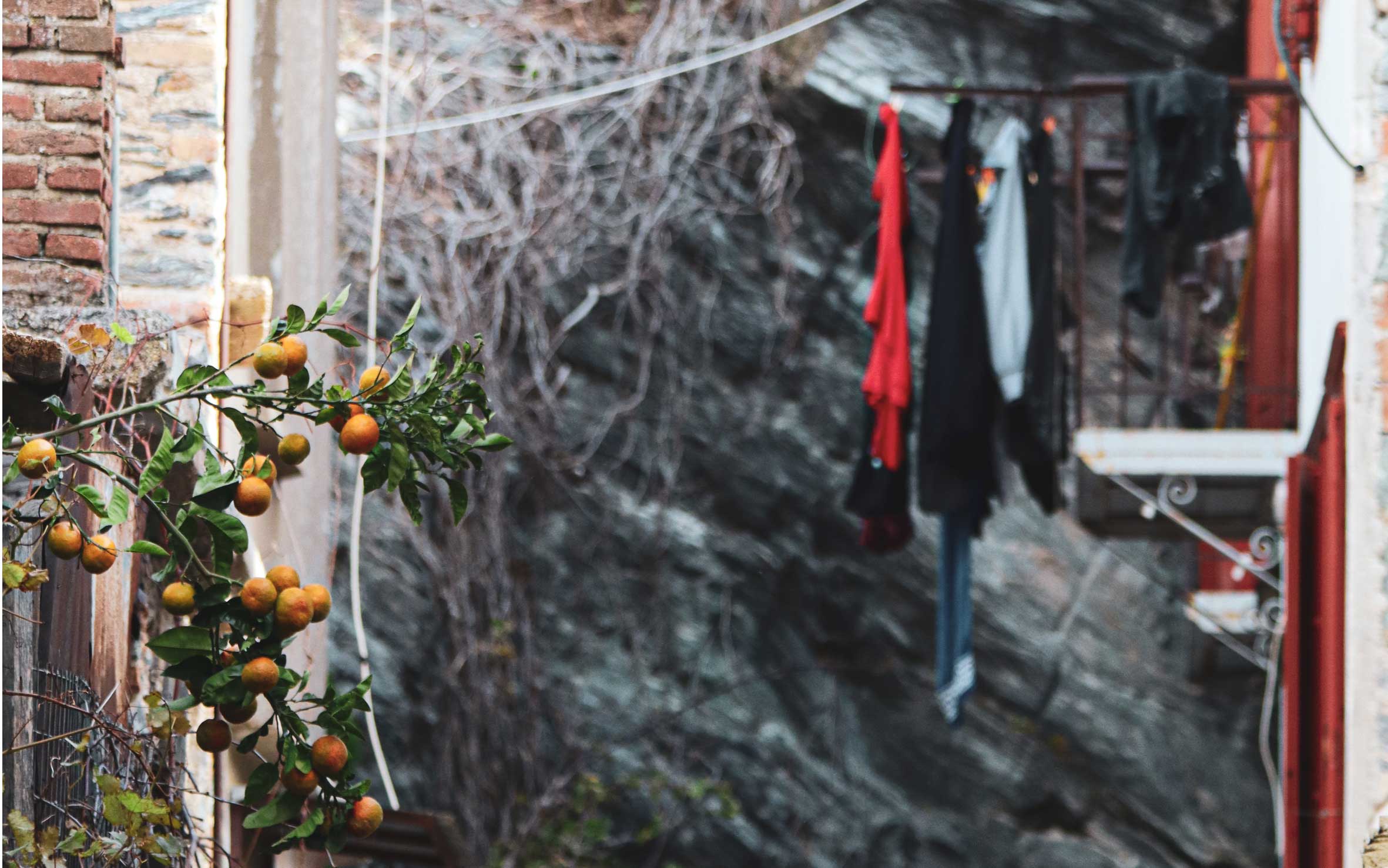
If I were to pick two things that identify the Plomari scenery, that would be laundry hanging from the balconies and fruit growing in trees among the houses. That same fruit that will soon be served to the guests in sweet spoonfuls.
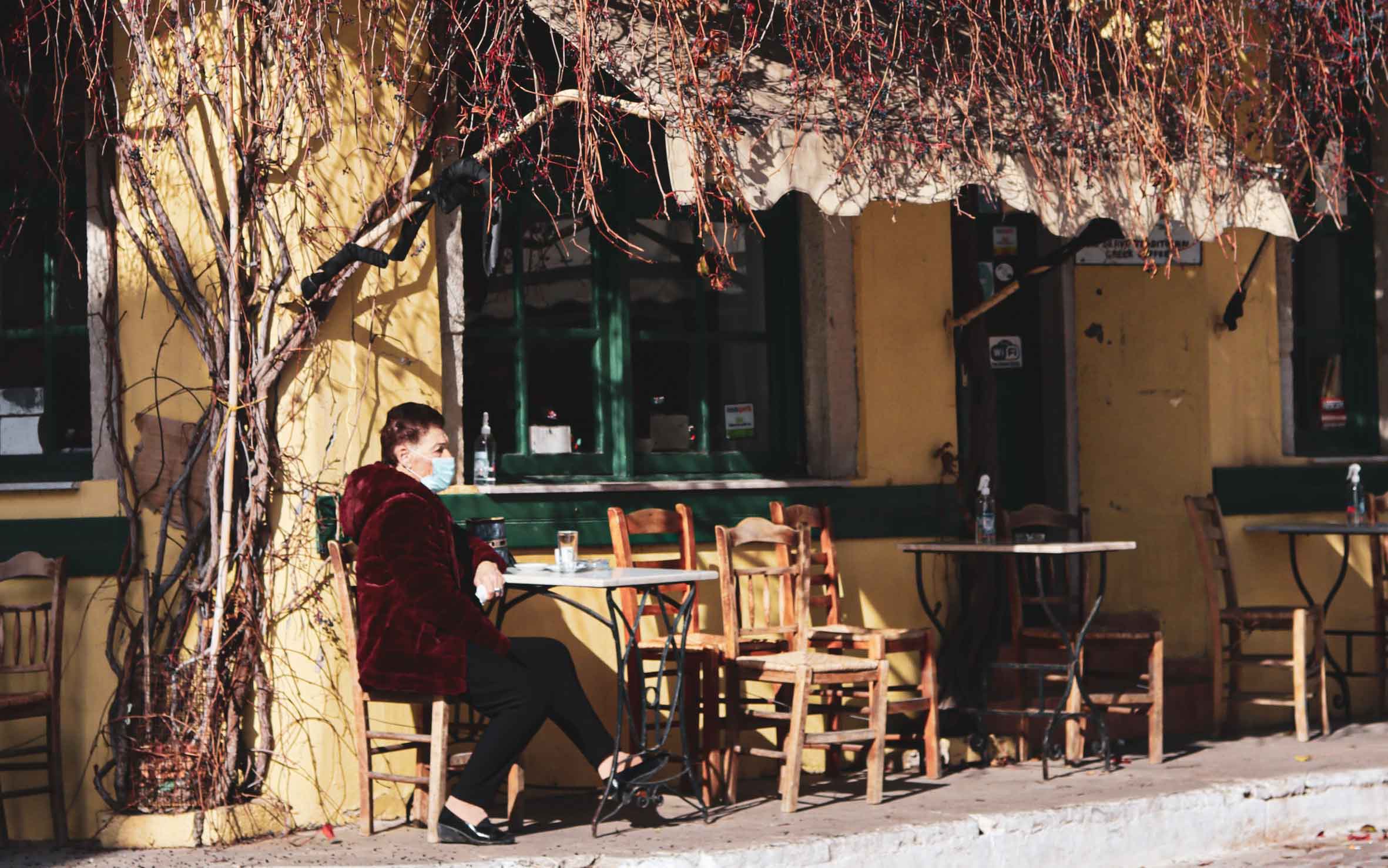
As hard as the winter may be for the islander, the local will by no means squander a sunny day. The morning coffee at the kafeneio calls for reflection and/or socializing.
Tasos Meimaroglou
Amateur photographer Tasos Meimaroglou was born and raised on Lesvos. He left the island at age 18 to pursue a vocational teaching career, and accidentally ended up a top sales executive for an international publishing company. More of his photography can be seen on his Instagram account, @tasosmeim.










